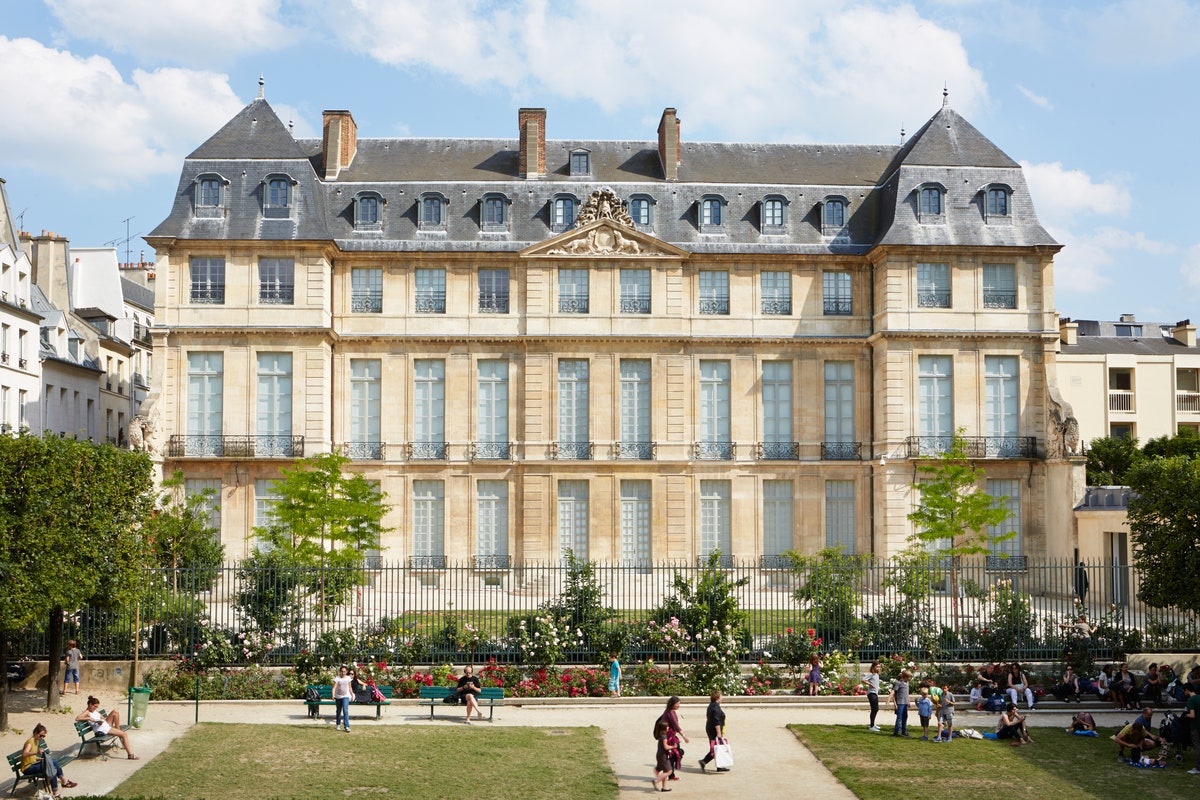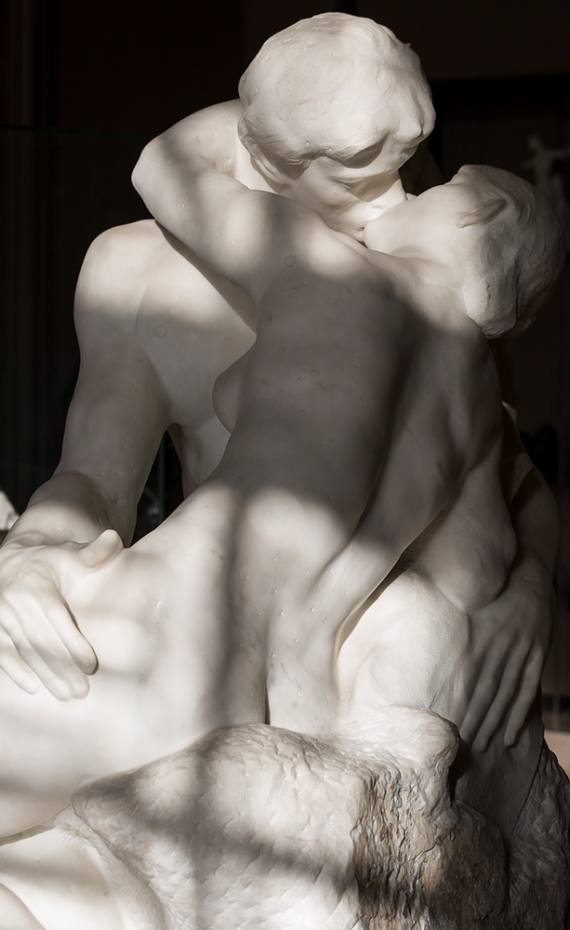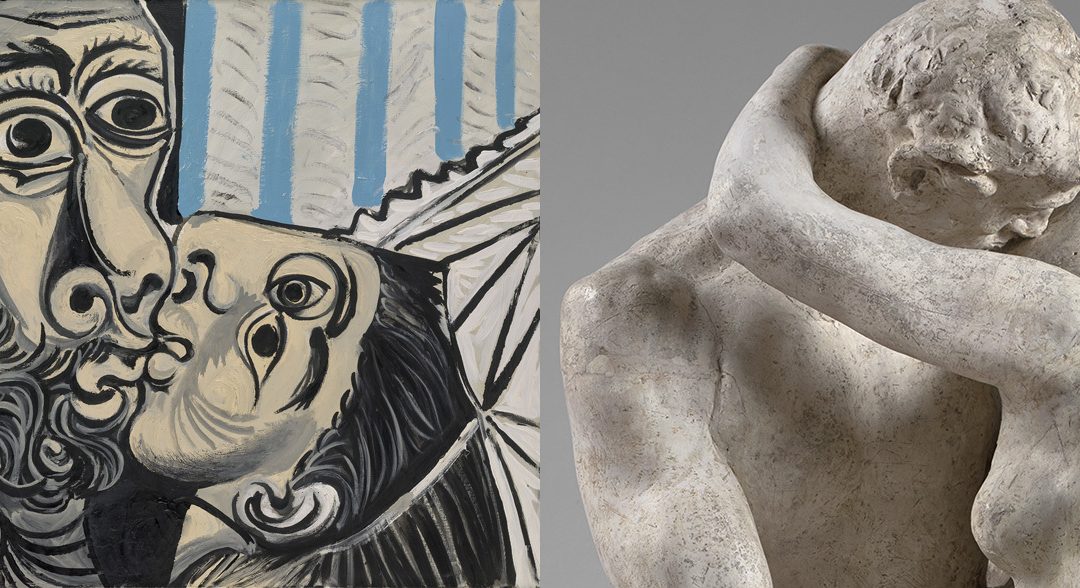From Rodin to Picasso: a journey into the 20th-century
Until January, at the exhibition spaces of the Musée Rodin and the Musée National Picasso it will be possible to visit the exhibition dedicated to the two masters of the last century, who give their names to their respective institutions.
It was organized by an all-female team composed of Catherine Chevillot – director of the Musée Rodin, Véronique Mattiussi – responsible for the historical collection of the Musée Rodin and Virginie Perdrisot-Cassan, curator of Alberto Giacometti’s ceramics within the Musée National Picasso-Paris.

Musée National Picasso-Paris – Courtesy of Condé Nast Traveler
The relationship between representation and author, as well as the creative process, are the main themes around which the Parisian exhibition revolves: both have in fact made the experimentation of different forms and materials the center of their production.
The crisis of man’s certainty and the existential restlessness between the nineteenth and twentieth centuries are well outlined in the works of both; various thematic sections retrace the career of the two artists, from the indirect meeting that took place in 1900, when Picasso visited the Alma Pavilion of the Universal Exhibition where Rodin exhibited, until the death of the sculptor in 1917 which, however, did not stop Picasso from drawing inspiration from the works of the master.

Il Bacio di Rodin – Courtesy of musee-rodin.fr
The Parisian event marks a point of reference in the activity of the two institutions because it represents the first collaboration aimed at giving new light to the reading of the careers of the two, identifying a red thread that binds them: the exhibition indicates to the visitor the influence of Rodin’s manner in the career of the Spanish artist, focusing on their common creative process and their desire to experiment that led them to be fundamental in the history of the art of the 20th-century century.
Cubism and Expressionism have been represented here thanks to their greatest protagonists not only through sculptures, ceramics, and paintings but also thanks to archival documents, drawings, and photographs that allow you to have a complete vision.

Musée National Picasso-Paris – Courtesy Artribune

